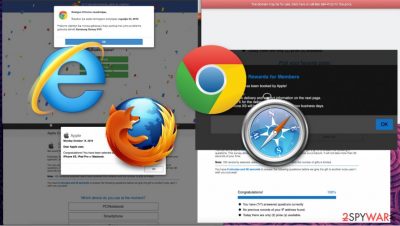

- Malwarebytes google doubleclick full#
- Malwarebytes google doubleclick software#
- Malwarebytes google doubleclick code#
Malwarebytes google doubleclick code#
Malwarebytes google doubleclick full#
Malvertising campaigns come back in full swing.Taurus Project stealer now spreading via malvertising campaign.Malvertising campaign on PornHub and other top adult brands exposes users to tech support scams.
Malwarebytes google doubleclick software#
Just loading the web page hosting the ad (or a spam email or malicious pop-up window) redirects you to an exploit landing page, which takes advantage of any vulnerabilities in your browser or holes in your software security to access your machine. You don’t even need to click on the ad to trigger the malicious activity. In this case, the infected ad uses an invisible web page element to do its work. Give into that temptation and you are infected.Įven more nefarious is the second method, known as a drive-by download. Such tactics use social engineering to scare or tempt you into clicking on a link. Or it might be an offer for a free program. The lure might come in the form of an “alert,” such as a warning that you already suffer from a malware infection. The first is an advertisement that presents some kind of provocative enticement to get you to click on it. Malvertising criminals rely on two main methods to infect your computer. Fraudsters submit infected graphic or text ads (both work as long as they use JavaScript) to legitimate advertisement networks, which often can’t distinguish harmful ads from trustworthy ones.ĭespite the malicious code, malvertising takes on the appearance of everyday ads like pop-ups (pushing things at you such as fake browser updates, free utilities, antivirus programs, and so on), paid ads, banner ads, and more. Malvertising takes advantage of the same methods that distribute normal online advertising. “Malvertising can appear on any advertisement on any site, even the ones you visit as part of your everyday Internet browsing.” How does malvertising work?


 0 kommentar(er)
0 kommentar(er)
